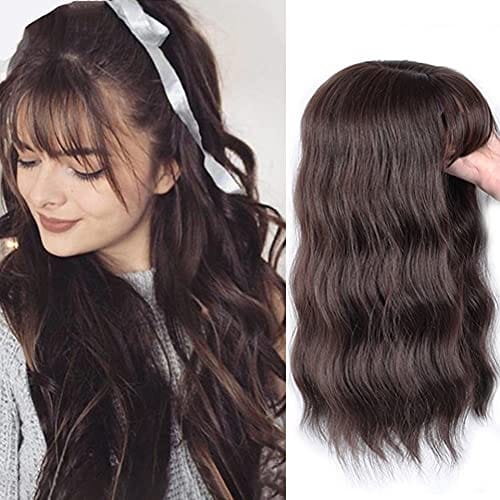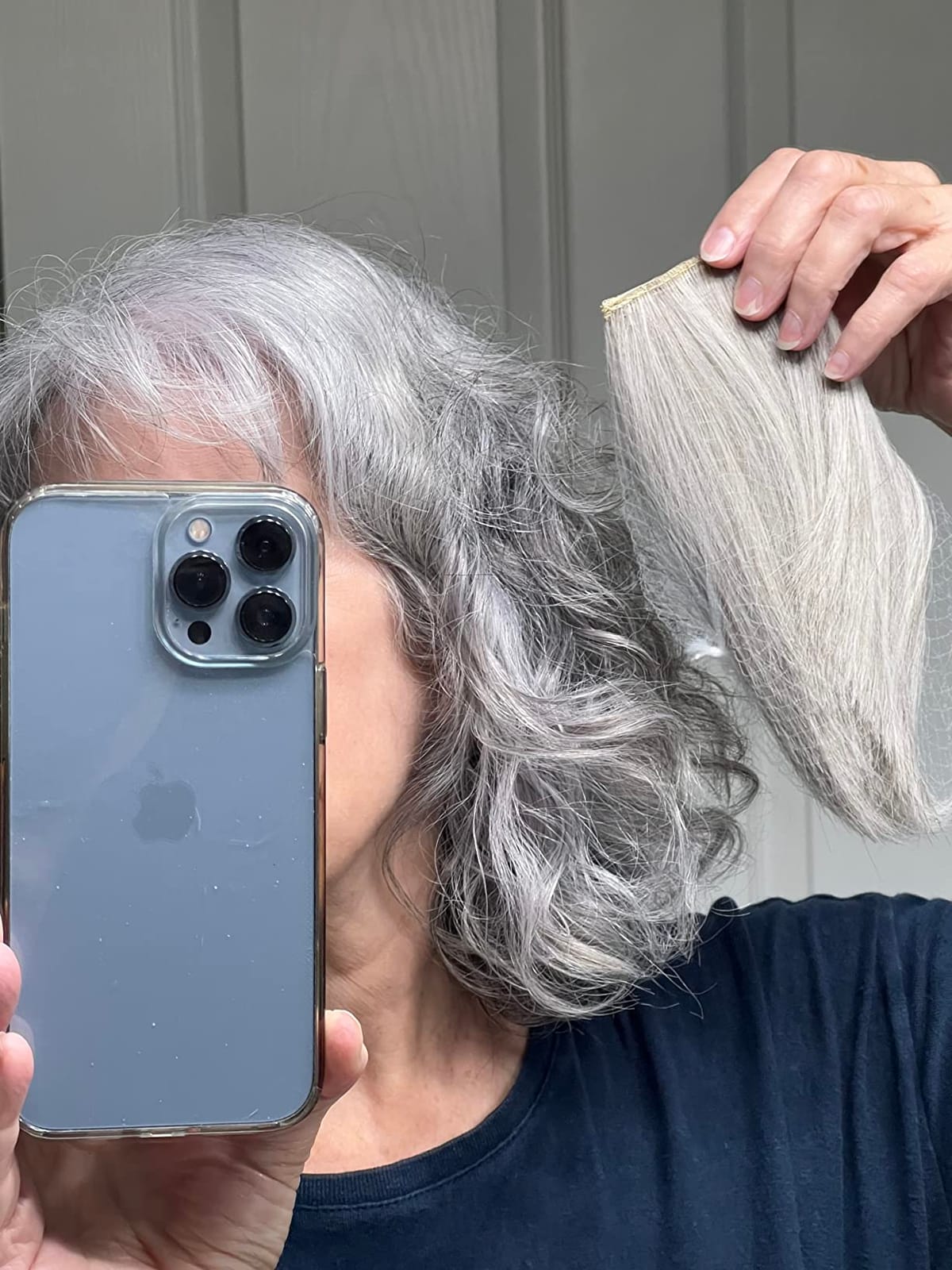Key Takeaways:
- Hair toppers can effectively address thinning hair and partial hair loss, providing a natural look and feel.
- Both synthetic and human hair toppers offer unique benefits, with human hair toppers providing a more natural appearance.
- Proper selection, fitting, and maintenance are crucial for achieving the best results with hair toppers.
Introduction
Experiencing hair loss can be a challenging journey for many women. Whether it's due to genetics, medical conditions, or other factors, thinning hair can significantly impact one's confidence. Hair toppers have emerged as a popular solution, but do hair toppers really work? This article delves into the effectiveness of hair toppers, exploring their benefits, types, and how they can transform your look.
Understanding Hair Toppers
Hair toppers are hairpieces designed to cover thinning areas on the top of the head. Unlike wigs that cover the entire head, hair toppers blend seamlessly with your natural hair, providing additional volume and coverage where needed. They come in various sizes, styles, and materials, catering to different levels of hair loss and personal preferences.
The primary goal of hair toppers is to add volume and conceal thinning areas, creating a fuller, more natural look. They can be made from synthetic fibers or real human hair, each offering distinct advantages. Human hair toppers, for instance, provide a more natural appearance and can be styled just like your own hair.
Types of Hair Toppers
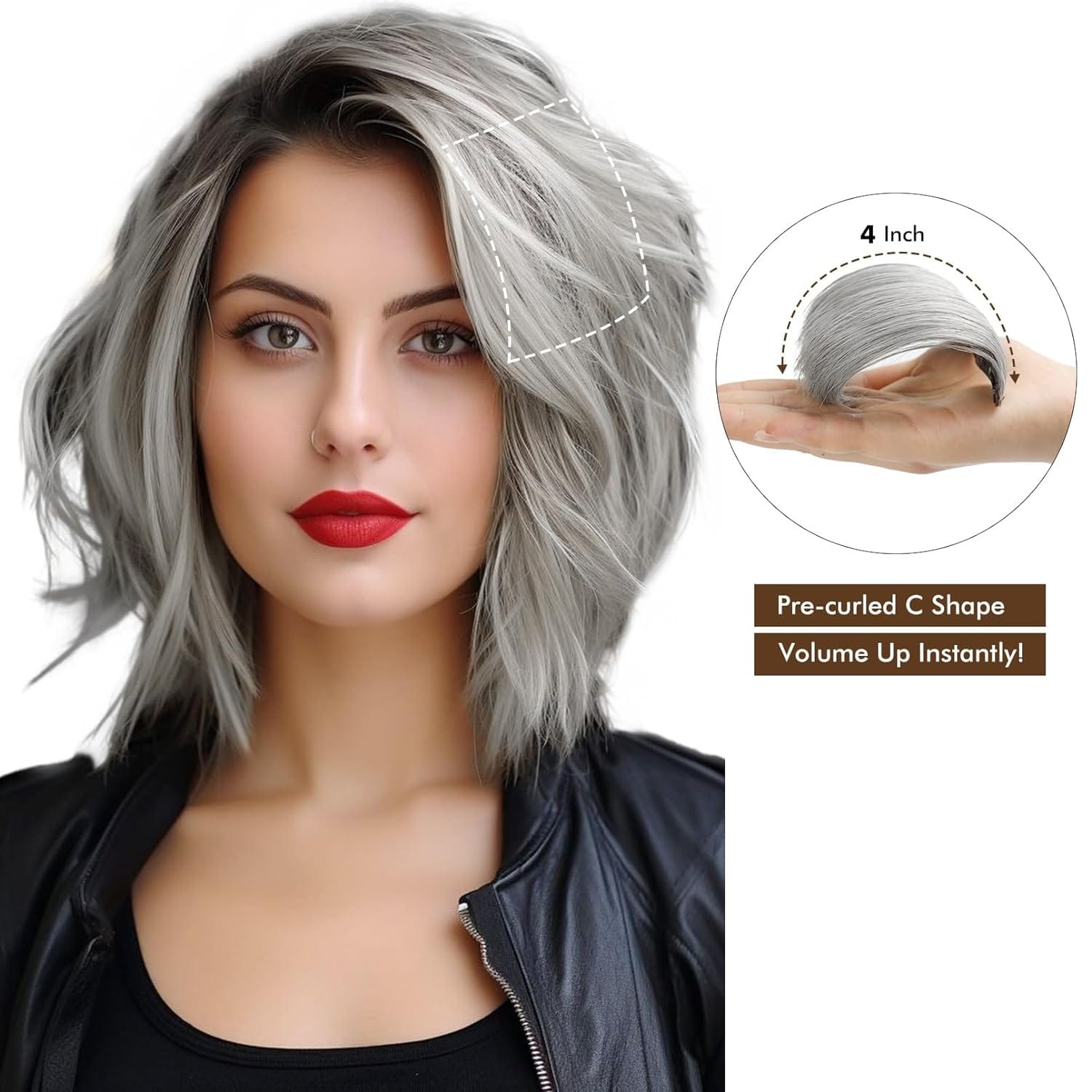
Synthetic Hair Toppers
Synthetic hair toppers are made from man-made fibers designed to mimic the look and feel of natural hair. They are often more affordable than human hair toppers and require less maintenance. However, they may not offer the same level of realism and versatility in styling.
One of the key benefits of synthetic toppers is their ability to hold a style for an extended period of time. They are pre-styled and can withstand various weather conditions without losing their shape. However, they may not blend as seamlessly with natural hair, especially if the color match is not perfect.
Human Hair Toppers
Human hair toppers are crafted from real human hair, providing the most natural look and feel. They can be styled, colored, and treated just like your own hair, offering unparalleled versatility. These toppers are ideal for those seeking a seamless blend with their natural hair.
While human hair toppers are generally more expensive than synthetic options, their durability and realistic appearance make them a worthwhile investment. They can last over a year with proper care, making them a long-term solution for hair thinning and partial hair loss.
Benefits of Hair Toppers
Natural Appearance
One of the most significant advantages of hair toppers is their ability to provide a natural appearance. Human hair toppers, in particular, blend seamlessly with your existing hair, creating a look that is virtually indistinguishable from your natural hair. This can boost your confidence and help you feel more comfortable in social situations.
Synthetic hair toppers, while not as realistic as human hair, still offer a convincing appearance. Advances in technology have made synthetic fibers look and feel more like natural hair, making them a viable option for those on a budget.
Versatility in Styling
Hair toppers offer incredible versatility in styling. Human hair toppers can be curled, straightened, and colored to match your desired look. This allows you to experiment with different styles and change your appearance as often as you like.
Synthetic toppers, while not as versatile as human hair, still offer some styling options. They come pre-styled and can hold their shape well, making them a convenient choice for those who prefer low-maintenance hairpieces.
How to Choose the Right Hair Topper
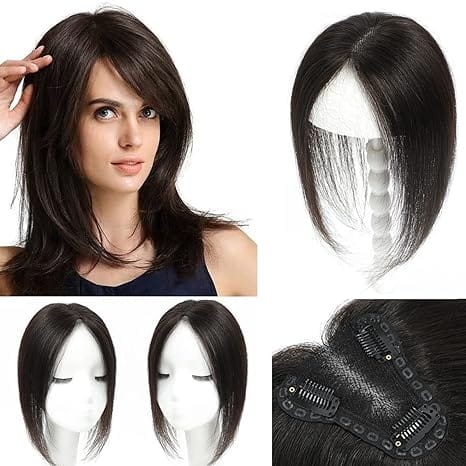
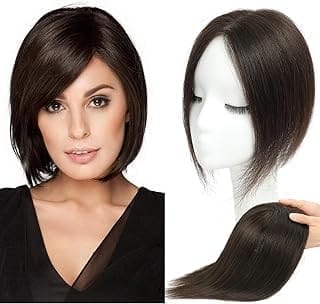
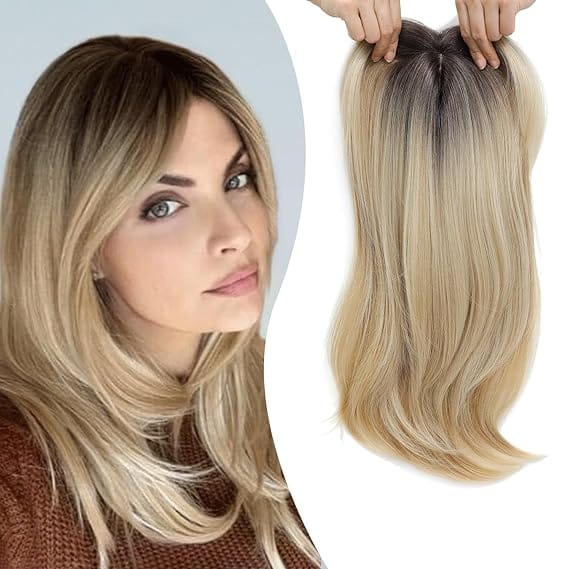
Assessing Your Needs
Before selecting a hair topper, it's essential to assess your specific needs. Consider the extent of your hair thinning or loss, the desired coverage area, and your budget. This will help you narrow down your options and choose a topper that meets your requirements.
For those experiencing advanced hair loss, a larger topper with more coverage may be necessary. On the other hand, if you have thinning areas or bald spots, a smaller topper may suffice. It's also important to consider the base size and material, as this can affect the comfort and fit of the topper.
Color Matching
Achieving a seamless blend with your natural hair requires a perfect color match. Many hair toppers come in a variety of shades, allowing you to find one that closely matches your hair color. Some companies even offer custom color matching services to ensure the best possible match.
When selecting a color, consider the undertones of your natural hair. This will help you choose a topper that blends seamlessly and looks natural. It's also a good idea to consult with a professional stylist who can help you find the perfect shade.
Fitting and Securing Hair Toppers
Measuring for the Perfect Fit
To ensure a comfortable and secure fit, it's crucial to measure your head accurately. This involves measuring the area of hair loss and determining the appropriate base size for your topper. A well-fitted topper will blend seamlessly with your natural hair and stay in place throughout the day.
Most hair toppers come with adjustable straps or clips that allow you to customize the fit. It's important to follow the manufacturer's instructions for measuring and fitting your topper to achieve the best results.
Comparing Hair Toppers and Wigs
When considering options for adding volume to thin hair, it's essential to understand the differences between hair toppers and wigs. Hair toppers are designed to blend seamlessly with your natural hair, providing a boost in hair volume without covering your entire head. They are particularly beneficial for those experiencing partial hair loss or thinning at the crown. On the other hand, wigs cover the entire scalp, making them suitable for individuals with complete hair loss. Both options have their own unique advantages, but hair toppers work well for those seeking a more natural look.
Wigs often come with a monofilament cap or silk base, offering a realistic scalp appearance. However, hair toppers, especially those made from natural human hair, can be styled in the same way as your bio-hair, allowing for greater versatility. For instance, you can use a flat iron on a human hair topper to achieve sleek, straight styles or create curls for special occasions. It's important to note that synthetic hair toppers may not withstand heat styling, so always check the manufacturer's guidelines. Ultimately, the choice between a hair topper and a wig depends on your specific needs and the level of coverage you desire.
Customizing Your Hair Topper
Customizing your hair topper to match your natural hair is crucial for achieving a seamless blend. Start by selecting a topper base that matches your hair color and texture. For those with short hair, a smaller topper may suffice, while individuals with long hair might require a larger piece. It's also important to consider the topper's front edge, ensuring it aligns with your natural hairline for a flawless look. Hand-sewn hair strands on a silk base can provide a more natural appearance, mimicking the way hair grows from the scalp.
To ensure the best fit, recommend measuring your head accurately before purchasing a hair topper. This includes measuring the area of thinning hair and the distance from your hairline to the back of your head. Proper measurements will help you choose a topper that covers the desired area without looking bulky. Additionally, clips are commonly used to secure hair toppers, providing a stable and comfortable fit. By customizing your hair topper, you can achieve a look that not only adds volume but also enhances your overall appearance, making it an excellent solution for those with thin hair.
Securing with Clips
Hair toppers are typically secured with clips that attach to your natural hair. These clips provide a secure hold without causing damage to your hair or scalp. It's important to position the clips correctly to ensure a comfortable and natural-looking fit.
When attaching the clips, apply light pressure to avoid pulling or damaging your natural hair. It's also a good idea to periodically check the clips throughout the day to ensure they remain secure.
Maintenance and Care
Cleaning and Washing
Proper maintenance is essential for keeping your hair topper looking its best. Both synthetic and human hair toppers require regular cleaning to remove dirt, oils, and styling products. It's important to follow the manufacturer's instructions for washing and conditioning your topper to avoid damage.
For synthetic toppers, use a gentle shampoo and conditioner specifically designed for synthetic hair. Human hair toppers can be washed with regular hair care products, but it's important to use sulfate-free formulas to prevent stripping oils from the hair.
Styling Tips
Styling your hair topper can help you achieve a natural and polished look. Human hair toppers can be styled with heat tools such as flat irons and curling irons, allowing you to create a variety of looks. However, it's important to use heat-protectant products to prevent damage.
Synthetic toppers should not be exposed to high heat, as this can cause the fibers to melt or become damaged. Instead, opt for low-heat styling tools or use steam to reshape the hair. Always follow the manufacturer's guidelines for styling to ensure the longevity of your topper.
Addressing Common Concerns
Do Hair Toppers Damage Natural Hair?
One common concern is whether hair toppers can damage natural hair. When used correctly, hair toppers should not cause any harm. It's important to follow proper fitting and maintenance guidelines to avoid issues such as pulling or breakage.
Using clips to secure the topper can help distribute the weight evenly and prevent strain on your natural hair. Additionally, regular cleaning and conditioning can keep both your natural hair and the topper in good condition.
Can Hair Toppers Be Worn Daily?
Hair toppers can be worn daily, provided they are properly maintained and fitted. Many women find that wearing a topper daily helps them feel more confident and comfortable. It's important to give your natural hair and scalp a break periodically to prevent any potential issues.
If you plan to wear your topper daily, consider investing in a high-quality human hair topper that can withstand regular use. Proper care and maintenance will ensure that your topper remains in good condition and continues to look natural.
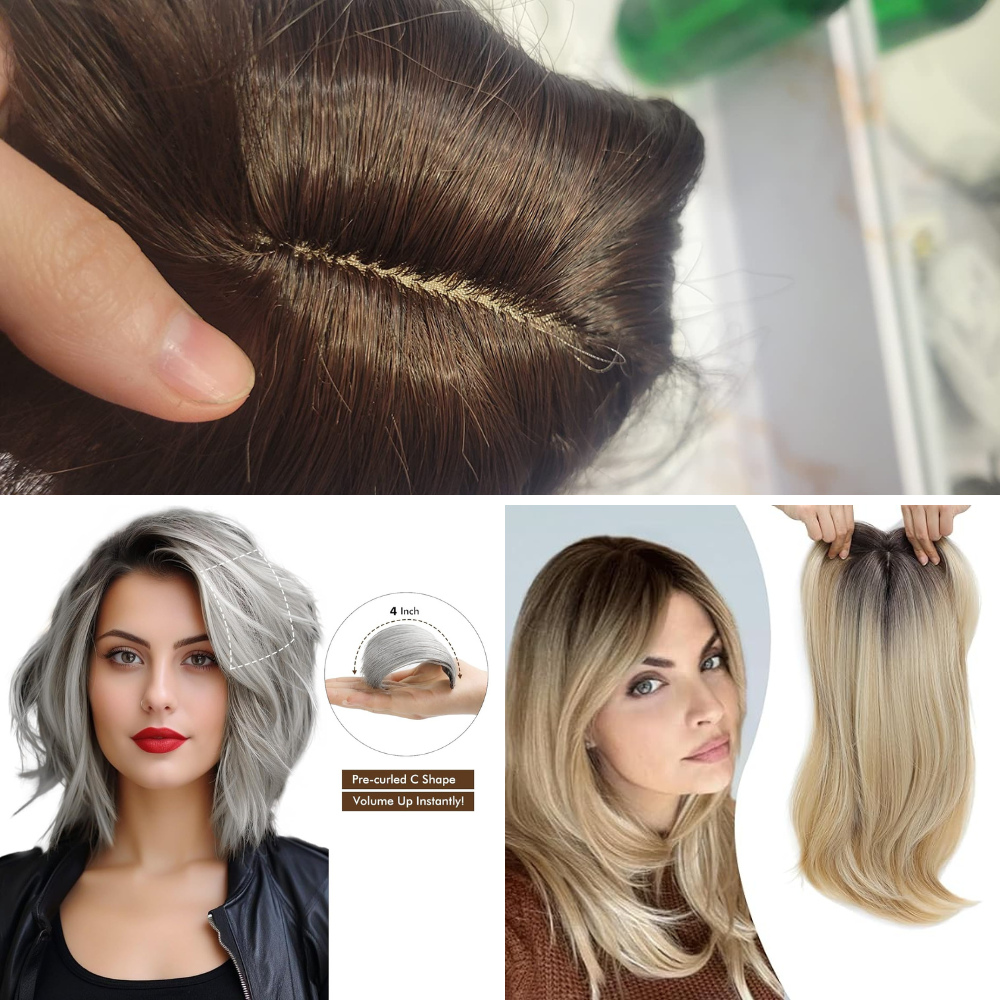

Can I style my hair topper with heat tools?
Yes, human hair toppers can be styled with heat tools such as flat irons and curling irons. However, it's important to use heat-protectant products to prevent damage. Synthetic toppers should not be exposed to high heat, as this can cause the fibers to melt or become damaged.
How do I choose the right color for my hair topper?
Achieving a seamless blend with your natural hair requires a perfect color match. Many hair toppers come in a variety of shades, allowing you to find one that closely matches your hair color. Consider the undertones of your natural hair and consult with a professional stylist if needed.
How often should I wash my hair topper?
The frequency of washing your hair topper depends on how often you wear it and the type of topper you have. Generally, it's recommended to wash synthetic toppers every 6–8 wears and human hair toppers every 10–15 wears. Follow the manufacturer's instructions for washing and conditioning to avoid damage.

Hair toppers can be an effective solution for women experiencing hair thinning or partial hair loss. Whether you choose a synthetic or human hair topper, the key is to find a product that meets your needs and fits seamlessly with your natural hair. With proper care and maintenance, hair toppers can provide a natural and confident look, helping you feel your best.
